#Setophaga palmarum
Text


Palm Warbler (Setophaga palmarum)
October 22, 2023
John Heinz National Wildlife Refuge, Tinicum, Pennsylvania
#bird#birds#photographers on tumblr#palm warbler#birdblr#birb#birbs#ornithology#birblr#nature#animals#Fall migration#Setophaga palmarum#borb
645 notes
·
View notes
Photo

Palm Warbler
55 notes
·
View notes
Photo

Palm Warbler (Setophaga palmarum)
© Steven & Darcy Shaddix
74 notes
·
View notes
Photo

Palm Warbler (Setophaga palmarum)
© Steven & Darcy Shaddix
12 notes
·
View notes
Text
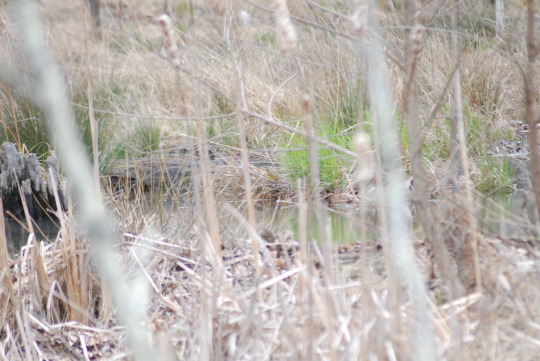
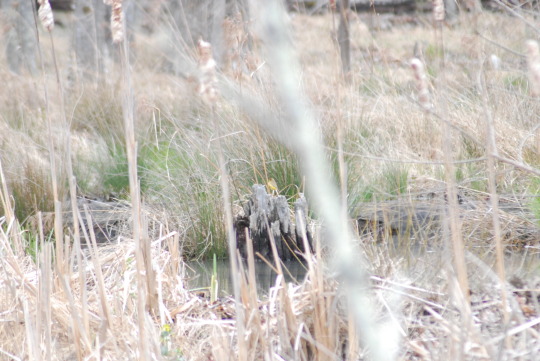
Palm Warbler (all 8 pixels of it!)
Virginia, April 2024.
1 note
·
View note
Photo

Palm warbler, ( Setophaga palmarum)
Grand Forks, ND 5-6-2023
0 notes
Text
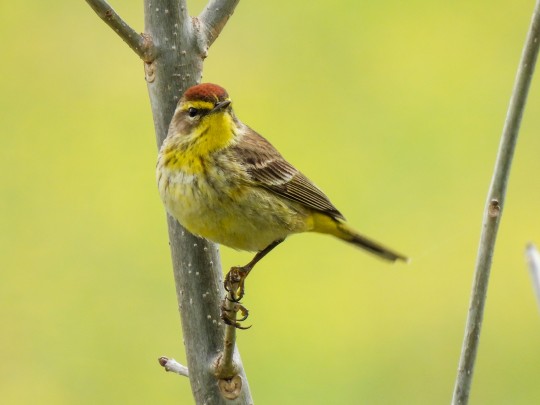
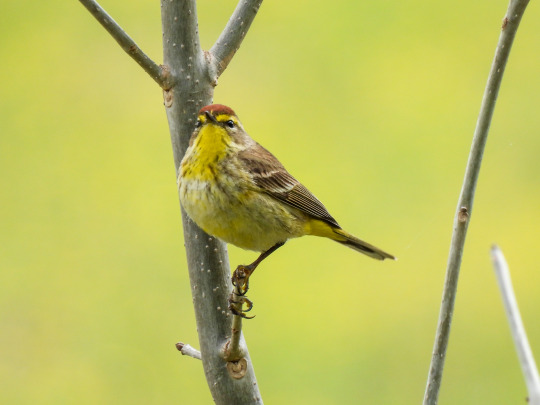

Palm Warbler (Setophaga palmarum)
4/14/23
0 notes
Photo
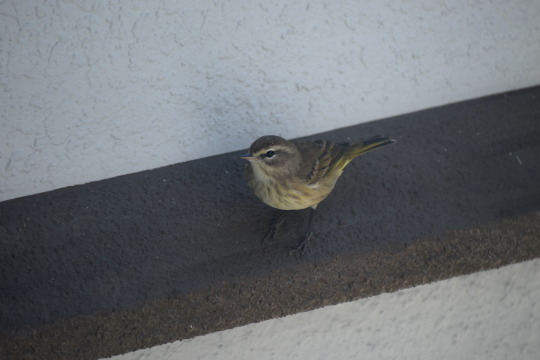
#palm warbler#bird photography#original photography#setophaga palmarum#birb#tiny bird#yellow#brown#warbler#yellow palm warblers#songbird
1 note
·
View note
Text

Setophaga palmarum hypochrysea
Palm warbler (eastern)
Gustav Mützel, Die Nordamerikanische Vogelwelt, via Flickr
#gustav mutzel#aves#setophaga#setophaga palmarum#palm warbler#parulidae#passerines#illustration#public domain
0 notes
Text
Warbler Showdown; Bracket 2, Poll 4
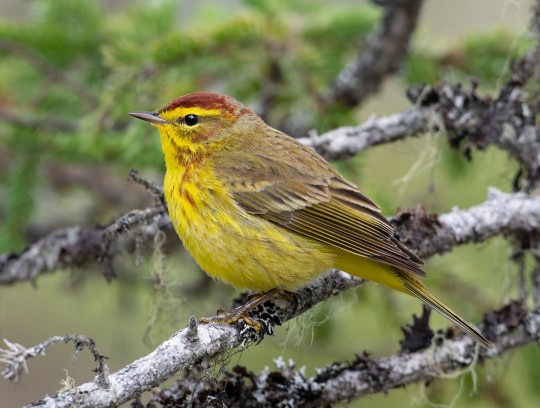
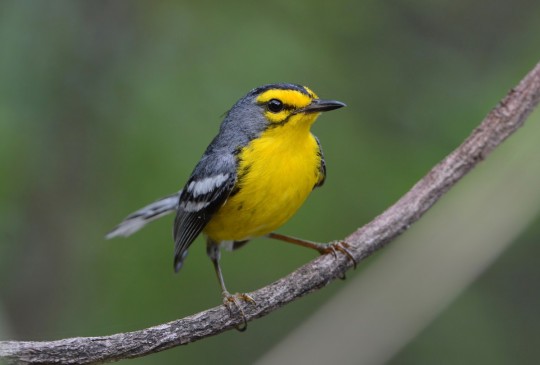
Palm Warbler (Setophaga palmarum)
IUCN Rating: Least Concern
Range: most of Southern Canada, from Alberta and the Northwest Territories to Maine, overwintering along both the East and West coasts of the US, as well as the Carribean and Central America.
Habitat: breeds in open coniferous forests, or partially open habitat with scattered trees and heavy undergrowth- preferably in boggy areas or near water. They don't seem to mind drier habitats when overwintering, being found in a variety of woodland, second-growth, and thicket habitats, as well as savannas and open fields.
St. Lucia Warbler (Setophaga delicata)
IUCN Rating: Least Concern
Range: St. Lucia Island, in the Caribbean
Habitat: They seem to prefer the deciduous and semi-evergreen seasonal forests in the lowlands, but as a habitat generalist, they can be found in most forests throughout the island.
Image Sources: Palm (Megan Buers); St. Lucia (David Hollie)
9 notes
·
View notes
Text
Today’s bird is the Palm warbler (Setophaga palmarum), a small passerine bird, which can be identified as one of two subspecies: the Eastern (Yellow) Palm Warbler, and the Western Palm Warbler.
Eastern Palm Warbler (Breeding)

Western Palm Warbler (Breeding)

The two subspecies of Palm warbler share many traits. They are relatively large compared to most warblers. Both possess a bright rusty crown and streaking on the breast, as well as yellow throats, under-tails, and brows (superciliary). They can often be found foraging for insects on the ground in open spaces, wagging/ bobbing their tails almost constantly, which can aide in identification.
The eastern subspecies possesses a yellow belly, and is more vibrant in color than the Western. They breed in the boreal forest during the spring on the east side of James Bay (Canada), and winter along the gulf coast.
The western Palm Warbler has a white belly, and it’s yellow parts are paler In comparison to the Eastern. This subspecies breeds in the boreal forest on the West side of James Bay (Canada), and winters primarily in the Caribbean.
Eastern Palm Warbler (non-breeding/ immature)

Western Palm Warbler (non-breeding/ immature)
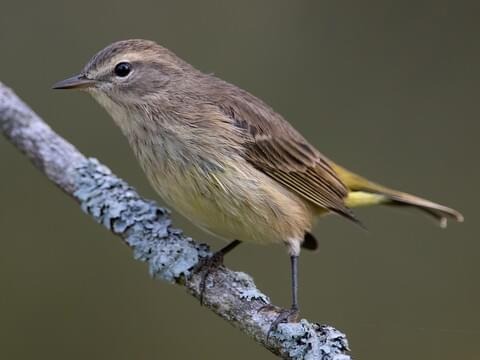
During the non-breeding period (Winter), the Palm Warbler’s plumage changes. The Easter subspecies loses its rusty red crown, but still maintains its bright yellow belly, brow, and under-tail.
The Western Palm Warbler also loses its rusty crown, as well as its yellow throat and brow, which becomes a pale white. However, it does keep its pale yellow under-tail.
DM me for any questions, requests, or just to share the cool birds you’ve seen! 🦅🥰
29 notes
·
View notes
Text

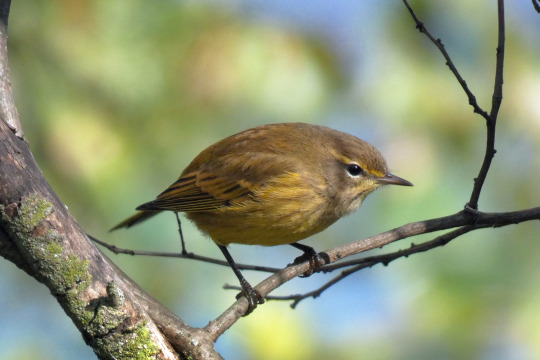
Something hit the deflate valve on this birb
Palm Warbler (Setophaga palmarum)
October 22, 2023
John Heinz National Wildlife Refuge, Tinicum, Pennsylvania
#Meme anyone?#birds#bird#photographers on tumblr#palm warbler#Setophaga palmarum#fall migration#birdblr#birb#birbs#ornithology#birblr#nature#animals#warblers
517 notes
·
View notes
Text
youtube
Watch the American Climate Leadership Awards 2024 now: https://youtu.be/bWiW4Rp8vF0?feature=shared
The American Climate Leadership Awards 2024 broadcast recording is now available on ecoAmerica's YouTube channel for viewers to be inspired by active climate leaders. Watch to find out which finalist received the $50,000 grand prize! Hosted by Vanessa Hauc and featuring Bill McKibben and Katharine Hayhoe!
#ACLA24#ACLA24Leaders#youtube#youtube video#climate leaders#climate solutions#climate action#climate and environment#climate#climate change#climate and health#climate blog#climate justice#climate news#weather and climate#environmental news#environment#environmental awareness#environment and health#environmental#environmental issues#environmental justice#environment protection#environmental health#Youtube
5K notes
·
View notes
Text
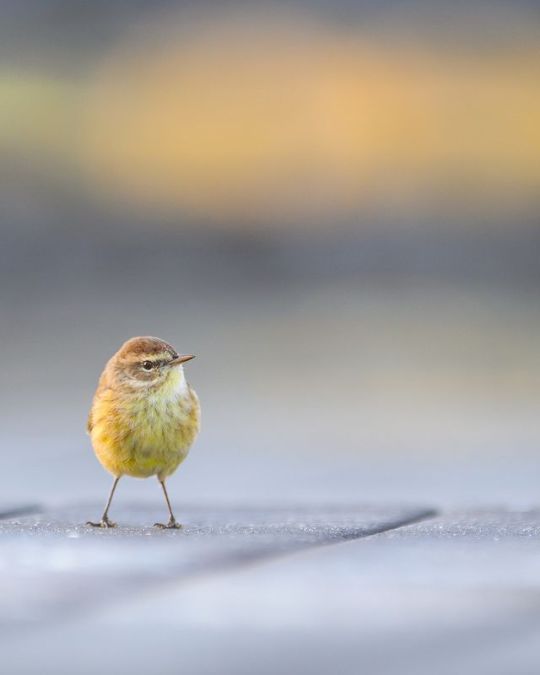
Palm Warbler
25 notes
·
View notes
Text
The Beautiful Pine Warbler is a Fun Little Visitor
Precarious Perch
For the past few days I have had a gorgeous little pine warbler (Setophaga pinus) visiting my feeding station. This is a new species to me, but it looks very similar to the palm warblers (Setophaga palmarum) I saw a couple of years ago. So far this year I have only seen this one male, and he may not stay long, but I’m glad to be able to provide him with some high energy, easy to…

View On WordPress
#avians#beautiful birds#beautiful warblers#birds#colorful birds#colorful warblers#Florida songbirds#Florida warblers#pine warblers#small birds#songbirds#warbler photographs#warblers#yellow warblers
0 notes
Text
[CM] Birds - Biyaw 1
How are we already to our second-last bird post? Holy cow, these are flying by! Today we’ve got the first half of biyaw* species - birds that are hunted often and easily by the Clan. This is the longest list by far, as ClayClan considers most birds to be fair game.
Below are translations for two ducks, warblers, and... a ton more!
Bufflehead (Bucephala albeola) - Mwek
Small big-headed duck; females are black-and-white, males are largely white with glossy head feathers. Present in winter, spring, and fall. Have the same diet as mallards. The first time I saw buffleheads, they were on a pond in Missouri just after New Year’s - they’re cute little fellows!
Hey, didn’t we see this before? I moved buffleheads from eyawoon* to biyaw* after posting the eyawoon* list - woops! They’ll be here from now on.
Green-winged teal (Anas carolinensis) - Hapwip
Small duck with dark brown and green markings on the head. Present year-round but most common in spring and fall. Feed on various grasses, insects, molluscs, that sort of thing.
Yellow-billed cuckoo (Coccyzus americanus) - Oo’oo
Medium-sized bird with clean brown-and-white feathers and a curved yellow beak. Present in summer and fall. Feed on insects (notably caterpillars and cicadas), eggs, snails, small reptiles, and fruit.
Sora (Porzana carolina) - Kipipip
Small chickenlike rail with brown-and-gray feathers and a bright yellow bill. Present in summer and fall, but more common in summer. Feed on seeds, insects, and snails.
American goldfinch (Spinus tristis) - Assuassu
Handsome yellow birds - males have clean black wings and foreheads, females are duller overall. Abundant year-round. Feed on seeds. Goldfinches are one of my favorite species - I plan to get a tattoo of one!
Rusty blackbird (Euphagus carolinus) - Shashwee
Blackbird with seasonal coloration; in winter, males and females are mottled black-and-brown, but in spring breeding males develop crisp black feathers. Present year-round, but most common in spring and fall. Feed on insects, small aquatic animals, seeds, and sometimes other birds.
Common grackle (Quiscalus quiscula) - Chup
Big blackbird with glossy black feathers, females being duller, and white eyes. Present year-round but most abundant in spring and early summer, falling in numbers as the year goes on. Feed on numerous things; insects, frogs, minnows, lizards, and eggs.
Yellow warbler (Setophaga petechia) - Swee’k’k
Small yellow bird, males having reddish breast streaks. Present in early summer through fall. Feed mostly on insects.
Black-and-white warbler (Mniotilta varia) - Eekeek
Very distinct mottled black-and-white bird. Present in summer and fall. Feed on insects.
Palm warbler (Setophaga palmarum) - Swee
Unique warbler with a colorful face and duller body. Present in spring and summer. Feed on insects. Unlike other warblers, palm warblers spend much of their time foraging on the ground.
Yellow-rumped warbler (Setophaga coronata) - Pfswee
Distinct gray-and-black bird with white spots on the forehead and flanks. Present year-round, but abundant in summer and fall. Feed on insects and fruit. Like some other birds, yellow-rumped warblers display different coloration based on their location - “myrtle” warblers are the ones present on ClayClan territory, but there’s also the striking black-and-yellow “Goldman’s” down south!
Northern parula (Setophaga americana) - Rreep
Blue, yellow, and white warbler. Present in summer and fall. Feed on insects. Parulas nest on hanging mosses and lichens high in the tree canopy, so their eggs are rarely encountered by Clan cats.
Common yellowthroat (Geothlypis trichas) - Wishywee
Yellow-and-tan warbler, males with a striking black mask over their eyes. Present in summer and fall. Feed mostly on insects. Wishywee is another one of my favorite words :]
0 notes
Photo
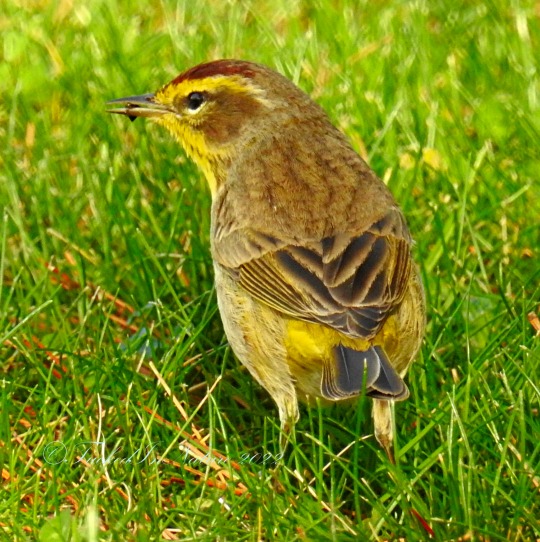

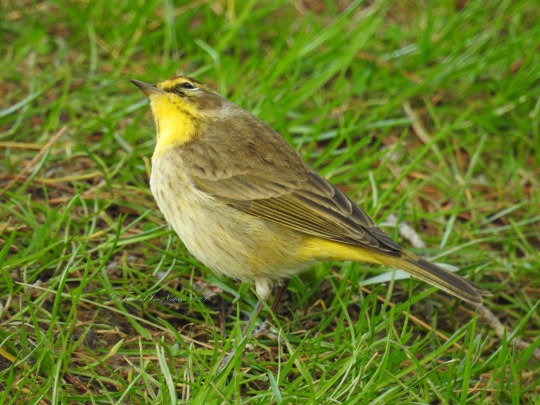
Palm Warbler
Setophaga palmarum
ORDER: Passeriformes
FAMILY: Parulidae
Lucky to have this pretty fellow back in April!
1 note
·
View note